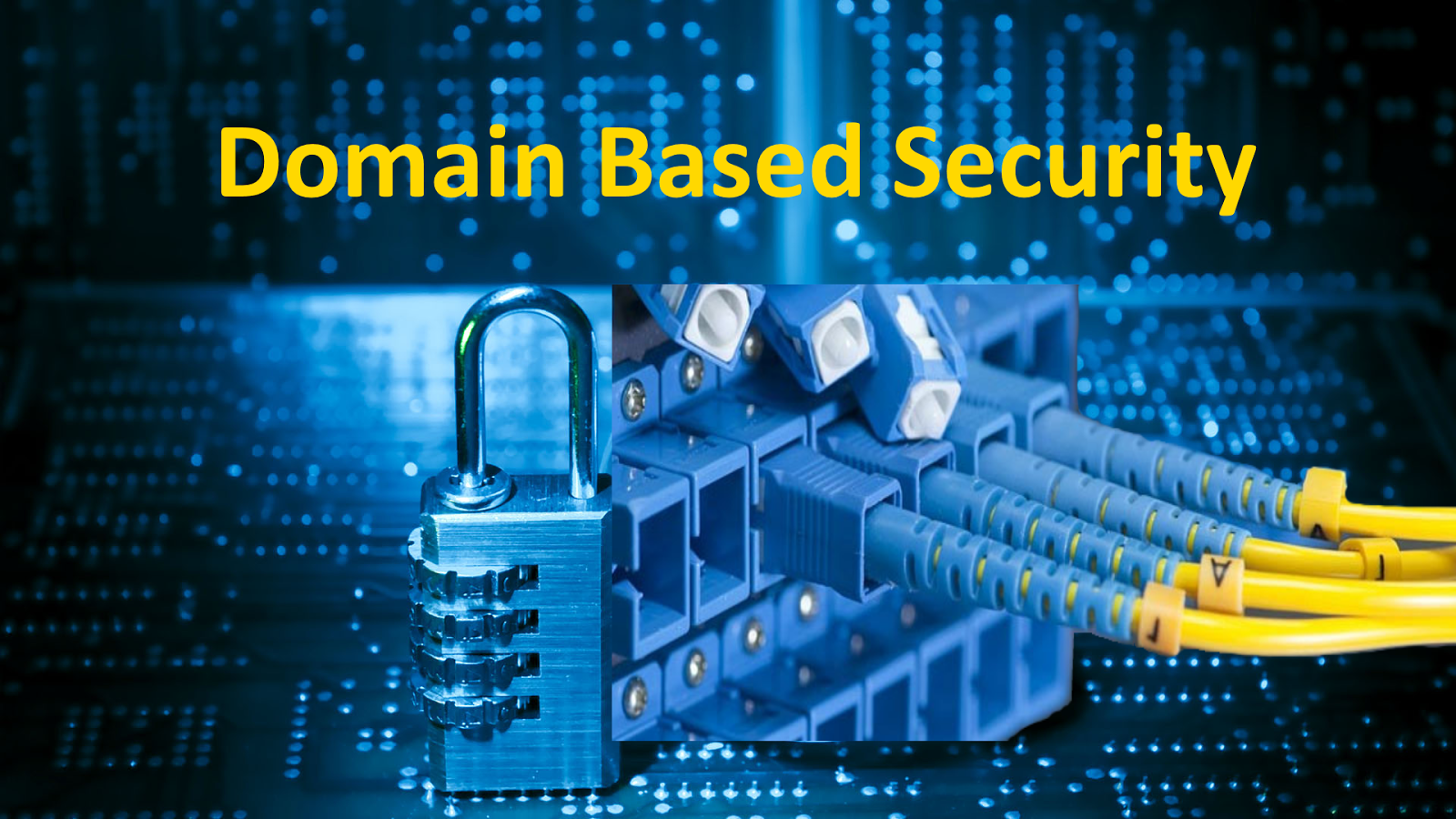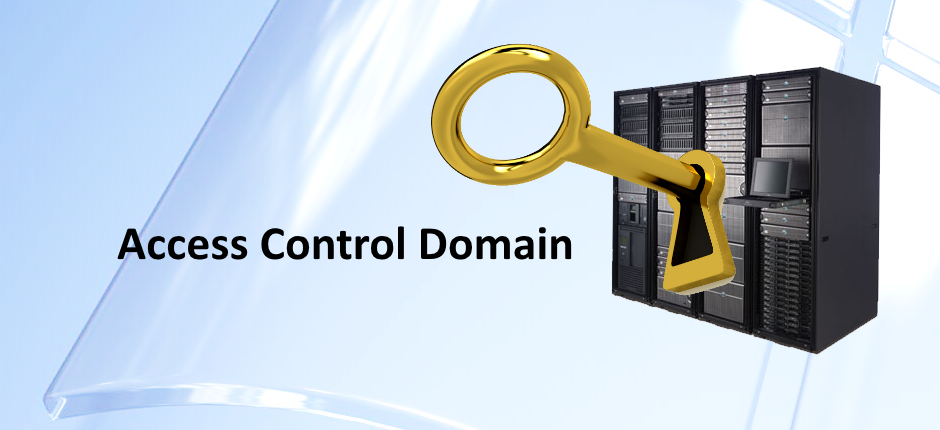ASP.NET software companies in India must take special care while developing internal web applications that are accessed from outside with the help of world wide web. Moreover the increase in personally-owned mobile devices (e.g., watch gear, smartphones, tablets, and laptops) as well as the vast variety of vulnerable mobile apps results into a higher risk of revealing highly confidential and business-related information in the workplace. This is possible when such information is stored on personally-owned devices. Cyber-attacks often exploit such vulnerabilities inherent in applications and operating systems. Hence The software code must be developed following a secure coding guidelines and frequent updates and patches to software are necessary.
Security is unquestionably mandatory and no-one can overlook that. It may take longer and including security into SDLC may result into a more complicated practice. Nevertheless, the alternatives are not that satisfactory as there are always hackers only too eager to disrupt into systems.
The consequences of not including security within the SDLC process can be catastrophic and could cause distressing concerns for companies' status and earnings. By safeguarding SDLC, unnecessary & un-planned costs can be evaded and security matters can be tackled as there is no need to wait for threats to emerge and then having to spend money in fitting current or probable matters that could have been dodged.
Software companies in India use secure-SDLC that focuses on enforcing security into the Software Development Life Cycle. Every phase of SDLC will emphasize the enforcement of security – over and above the present set of events. Incorporating S-SDLC into an organization’s structure has many benefits that guarantees a secure product.
The focus of asp .net software companies in India, with respect to security domain, is on phases of SDLC such as design, implementation, delivery, operation, maintenance, and retirement. Information security and privacy experts must be involved in all phases of SDLC so that the overall effectiveness of security controls with respect to privacy concerns are taken care of.
The subsequent list recognizes key security guidelines at each stage in the development life cycle for asp .net software companies in India:
- System feasibility: Pinpoint security requirements, including governing requirements, in-house policies and standards that must be looked at.
- Software plans and requirements: Recognize the vulnerabilities, threats, and risks to software. Outline the desired level of protection. Conduct a cost-benefit analysis.
- Product design: Propose for the security criteria in product design (e.g., access controls or encryption).
- Detailed design: Determine business requirements and legal obligations within the design of security controls in a product or system.
- Coding: Develop the security-related software code, comments and citations.
- Integration product: Investigate security measures and make alterations.
- Implementation: Implement any additional safety dealings prior to go-live.
- Operations and maintenance: Observe the software and system for variations in security controls. Assess current controls against newly-discovered threats and vulnerabilities. Implement proper updates and patches, when essential. Certify the complete effectiveness of application and system security.
- Product retirement: Safeguard information that was used and warehoused (i.e., archived), relocated to another database or system, or sterilized (i.e., erased) from the system.
Thus asp .net software companies in India can identify, reduce, mitigate and eliminate various security threats and adverse impacts that could be present in each stage of SDLC. It ultimately results into reduction in overall cost, efforts and time of delivering the final product or service in IT industry.
.













